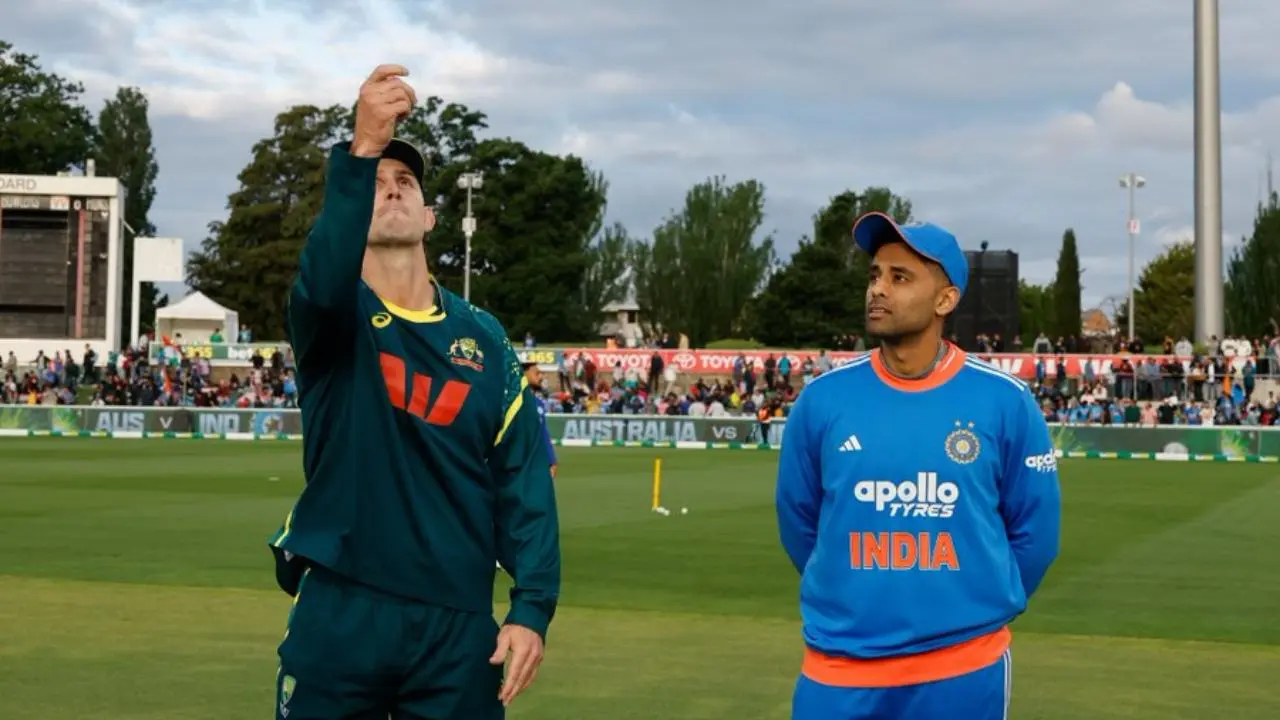India-EU FTA: 10 of 20 Chapters Done, 4-5 More ‘Broadly Decided’, Says Piyush Goyal
- byAman Prajapat
- 30 October, 2025
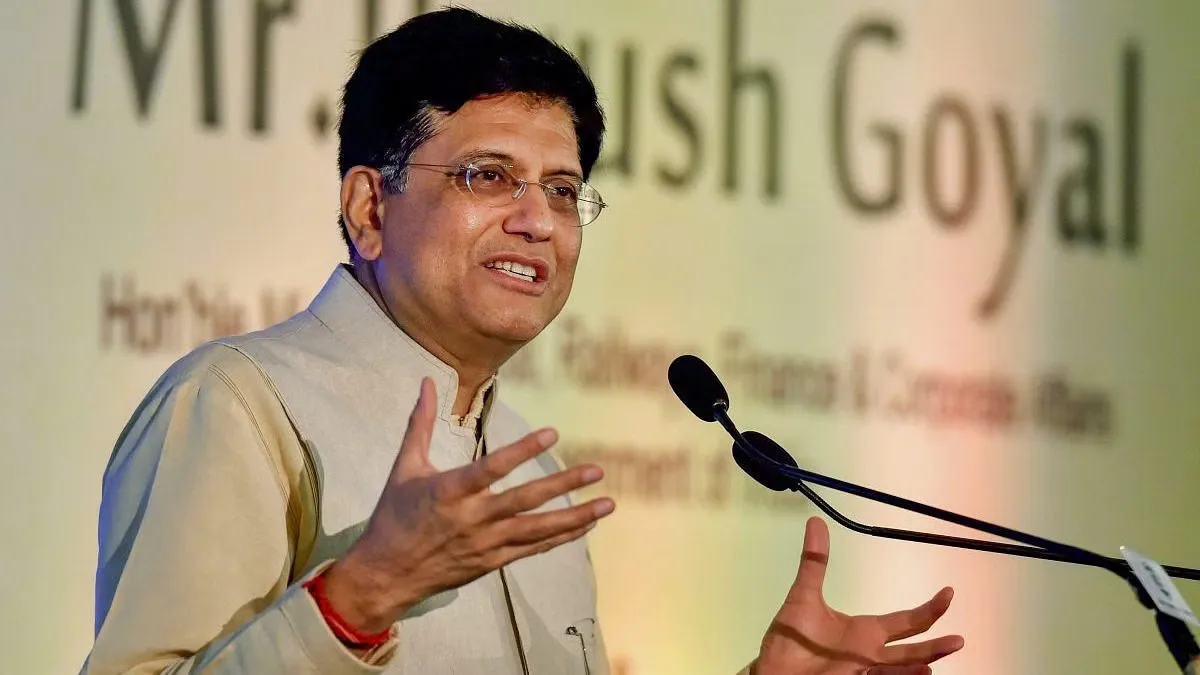
Let’s dive deep and keep it real — because this one matters. The proposed Free Trade Agreement (FTA) between India and the European Union (EU) has just hit a milestone: according to Commerce & Industry Minister Piyush Goyal, ten chapters out of a total of twenty have been concluded. On top of that, another four to five chapters are “broadly decided”. That means we’re looking at 14-15 chapters that are either done or close to being inked — a serious push forward in trade diplomacy. (And yes, I’ll get into the caveats.)
Context & Significance
Negotiations for an India-EU FTA have been dragging for years. The parties resumed full-fledged talks in June 2022 after a long hiatus. The number of chapters discussed is approximately 20 (variously reported as 20-23 depending on framing).
Why this matters: the EU is one of India’s largest trading partners in goods and services, and such a pact promises-—if done right-—to unlock market access, reduce trade frictions, expand service flows, streamline regulation, and raise India’s export opportunities. According to one report, market access negotiation is already “about 90 % ready.”
For the EU, gaining deeper access to India’s huge consumer and services markets is attractive. For India, this is partly about gaining better standing, diversifying trade, and strengthening regulatory cooperation. Minister Goyal has stressed the need to tackle non-tariff barriers (NTBs) hard.
What Has Been Achieved
Ten chapters have been concluded. (Goyal’s latest figure.)
Four to five chapters are broadly decided (i.e., agreed in principle, pending final text).
Market access discussions are near complete in many respects.
Both sides reaffirm commitment to “early conclusion” of the deal.
Specific contentious elements (like non-tariff barriers, regulatory alignment, EU’s Carbon Border Adjustment Mechanism (CBAM), services and rules of origin) remain on the table.
Remaining Hurdles & What’s Holding It Back
It’s not all smooth sailing yet. Here’s what’s left, and where the risk lies:
Non-tariff barriers (NTBs):
Goyal has pointed out that while tariffs may be relatively easier, the harder work is handling “over-regulation” and barriers that come disguised as standards, tests, certification, licensing.
Sensitive sectors & political economy issues:
Agriculture (milk, poultry, rice, sugar), vehicles, medical devices, spirits/wine are politically sensitive for both sides. India wants access for textiles, pharmaceuticals, steel & petroleum; EU wants access in vehicles, dairy, spirits.
Rules of Origin, Services, Investment chapters:
These still need detailed work. The devil is in the details of how goods qualify, how services are treated, how investment flows are protected.
Carbon Border Adjustment Mechanism (CBAM), sustainability & regulatory alignment:
The EU’s drive to impose carbon-based tariffs or adjustments is a sticking point for India’s energy-intensive and heavy industries. Goyal flagged CBAM as “very high in our agenda.”
Finalising the full text & ratification timeline:
Even if chapters are agreed, legal text, domestic procedures, stakeholder inputs, ratifications (particularly on the EU side) still matter.
Why This Could Be a Big Deal for India
Enhanced access to a major market: The EU accounts for ~17% of India’s total exports. mint
Service sector boost: India’s strength in IT/ITES, digital trade can leverage the deal.
Regulatory convergence: Simplified customs, trade facilitation, digital trade rules would reduce cost, friction for Indian exporters and importers.
Investment flows: With a broader FTA, foreign investment into India could get a boost, and Indian firms looking at Europe will get clearer rules.
Strategic alignment: Beyond economics, the deal signals deeper India-Europe ties amid shifting global trade dynamics (US-China tension, supply-chain reconfiguration).
What India Should Watch & Push
Ensure sensitivity to India’s development level: Goyal emphasised that India and EU have different levels of development and that the deal must reflect that.
Make sure exports-oriented sectors (textiles, pharma, petroleum products, steel) get meaningful market access and not merely symbolic liberalisation.
Protect agriculture & SME interests: While India can’t block openness, its rural/agrarian base mustn’t be compromised without safeguards.
Handle regulatory standards thoughtfully: If the EU uses standards as hidden barriers, India should negotiate truly mutual recognition or equivalence regimes.
Track the ratification timeline: Concluding the agreement is a milestone; implementing it is another. India needs to ensure domestic reforms, administrative readiness, and follow-through.
Keep an eye on geopolitical context: With global trade tensions rising, this deal could be leveraged by multiple players; India must ensure it doesn’t get pressured into sub-optimal compromises.
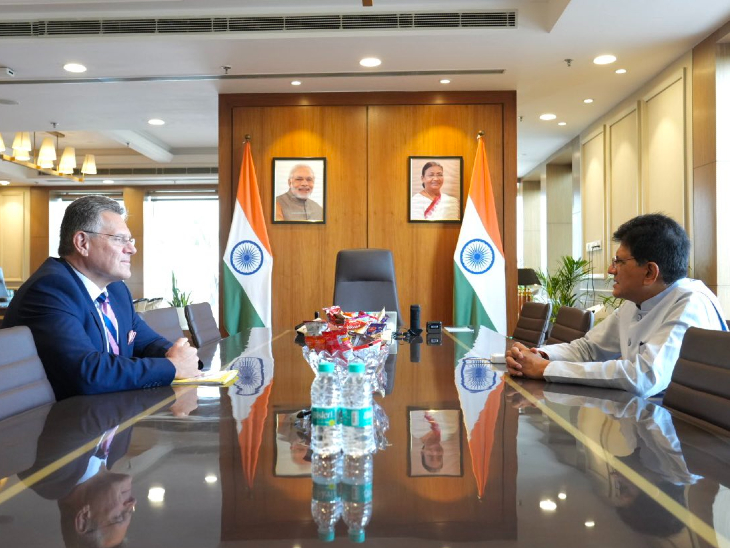
Timeline & Outlook
As of mid-2025 (June), Goyal said more than half the chapters were ready, market access ~90%.
In September 2025, India reported ~60-65% of chapters completed.
The public target: Conclusion by end of calendar year 2025.
Given that ten chapters are concluded and 4-5 more broadly decided, the deal appears within striking distance. But “striking distance” is not the finish line.
My Take (Gen Z, no filter)
Alright, here’s the truth: This is big. But it’s also an “almost there” moment – meaning, we’re close enough to smell success, but not so close that we can pop the champagne. Concluding ten chapters is commendable, but trade deals are won in the details. If India rushes into a deal without getting the right concessions, it could end up with more liabilities than gains.
What I like: India seems to have leverage. The EU wants access, India brings a large market and services strength. The fact that India is insisting on non-tariff barrier resolution and regulatory equality is smart.
What I caution: Hidden traps. If commitments are vague, timelines long, or India ends up giving more than it gets (especially in services or agriculture) then the benefits might take years to land. Also, trade isn’t just about chapters and text—it needs good implementation.
So yeah, we’re in the sweet spot of possibility. If things go well, this deal could be transformative for Indian trade and economy. If not, it may end up as another “almost” deal that doesn’t deliver. India should keep its eyes wide open, push for strong safeguards, and ensure the final copy of the deal reflects real gains, not just good headlines.
Note: Content and images are for informational use only. For any concerns, contact us at info@rajasthaninews.com.
जयपुर मे सोने और चां...
Related Post
Hot Categories
Recent News
Daily Newsletter
Get all the top stories from Blogs to keep track.
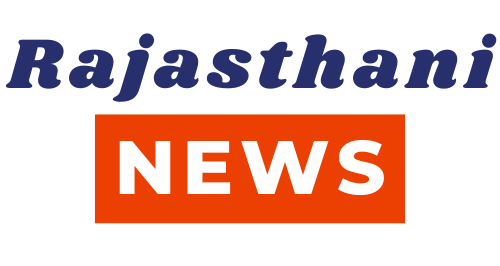


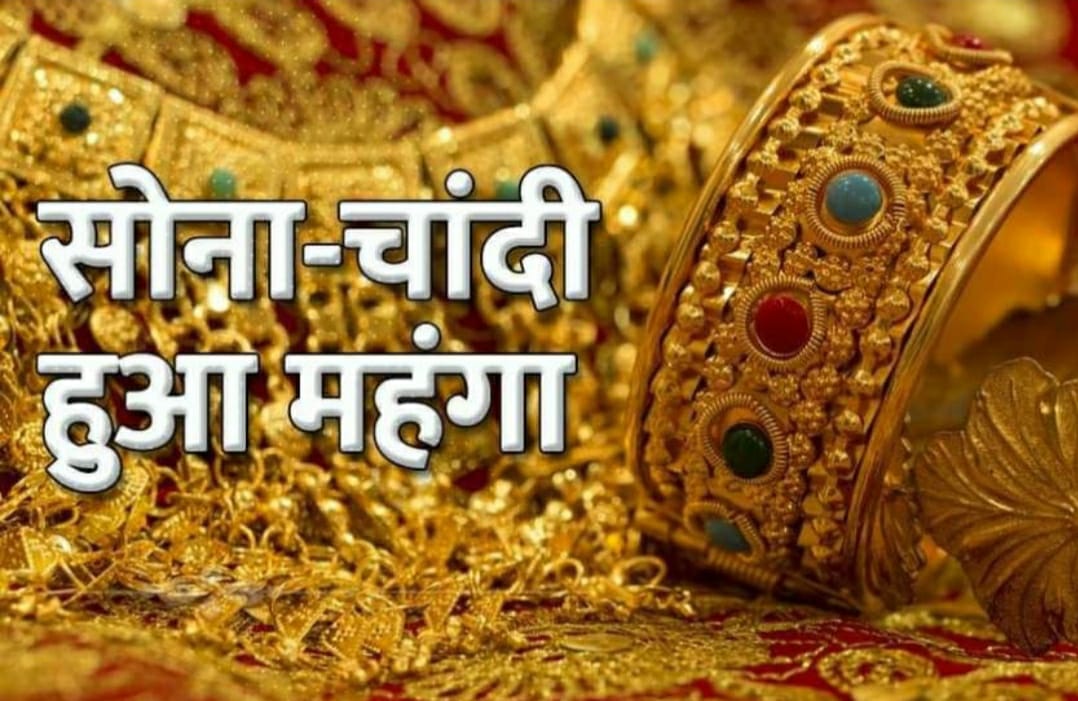
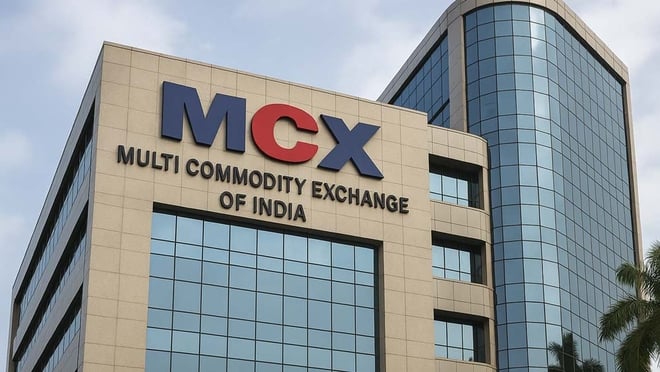

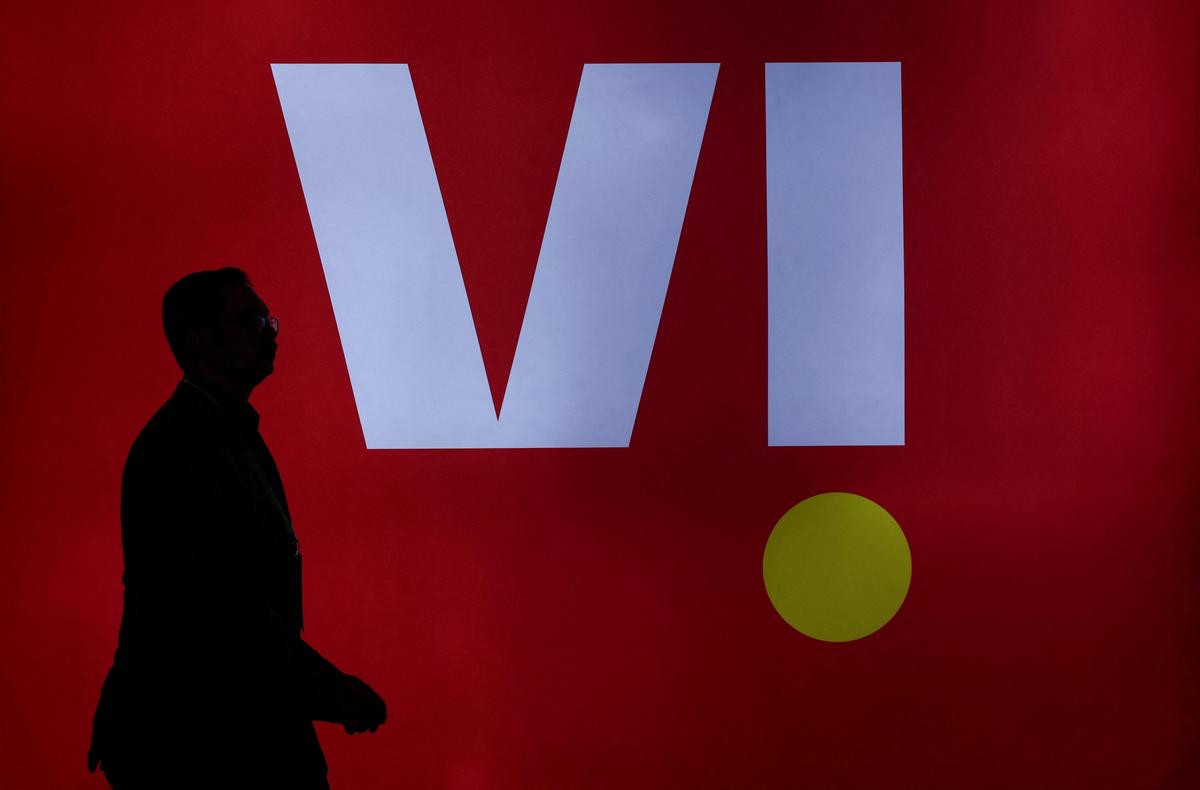
_1761906248.png)
_1761904651.png)
_1761903641.png)
_1761903276.png)
